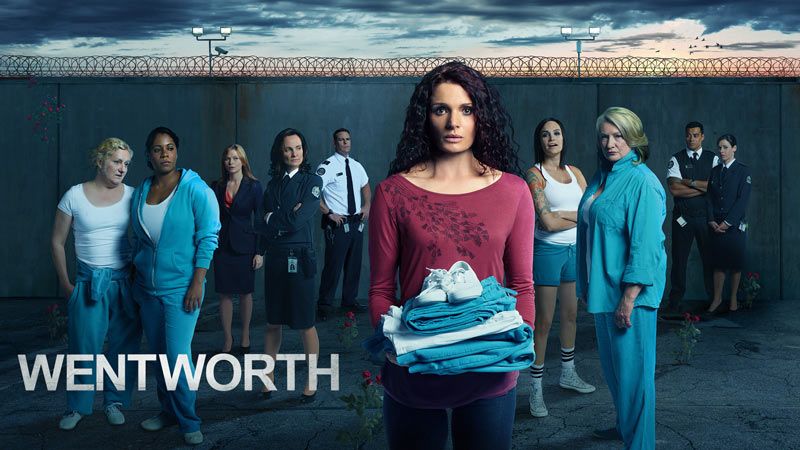Why Wentworth is worth it
Think of an Australian TV show. Now think of another. If all you can come up with is Neighbours or Home and Away, then you might be missing out. Although the UK and the US have come to dominate the airwaves, particularly with dramas, Australia has its own hidden gems which have largely escaped popular attention.
One such show which has yet to gain the mass global audience it deserves is Wentworth. First broadcast in 2013 and available in the UK on Amazon Prime, this Australian prison drama explores the modern-day lives and prison politics of women residing in Wentworth Detention Centre.
The first season focuses predominantly on the character of Bea Smith (Danielle Cormack), who is brought to Wentworth after attempting to murder her husband. As the season unfolds, we learn more about her backstory and watch her contend with prison life as it eventually hardens her. We are also introduced to the other women in her cell block and, through a dispersion of flashbacks which break up the linear narrative, we find out more about each woman’s past and how she ended up at Wentworth.
The first episode, ‘No Place Like Home’, concludes with the murder of a prison guard during a small-scale riot which then forms the underlying basis of the rest of the season as her husband (also a prison guard) seeks answers. Through this first season, typical prison drama storylines are played out – the politics of drug smuggling and distribution, rivalry over who is ‘top dog’ in the prison hierarchy and the emergence of same-sex relationships between prisoners – but with a gritty, gripping edge that marks the show out as exceptional.
For those who have enjoyed the female focussed, stylistic format of Orange is the New Black but want the plot depth and darkness of Prison Break, Wentworth is the answer.
Fans of Netflix’s Orange is the New Black will immediately see parallels between the two shows. Many of the storylines are indeed similar – the initially weak main character (Bea/Piper) who toughens up as she comes to terms with prison, an inmate falling pregnant with a guard’s baby (Doreen/Daya), a transgender character (Maxine/Sophia) attempting to navigate prison life.
However, whilst Orange is the New Black has wavered in the direction it has taken, often substituting gripping drama for more light-hearted comedy or stepping away from an entirely fictional narrative by bringing in contemporary politics and commentary on the nature of mass incarceration and racial injustices in the United States, Wentworth has remained consistent. It has remained committed to its fictional plot, which, even by season six, remains well thought out and ever-shocking. It is a more honest reflection of prison life; its dark, gritty, violent plots and unpredictable plot twists are a stark contrast to the sometimes romanticised prison life depicted in Orange is the New Black.
Whilst Wentworth actually follows on from an earlier Australian show, Prisoner: Cell Block H (which was broadcast in the 1980s), it nevertheless triumphs as a stand-alone show. Its depiction of prison life is harrowing, its development of authentic female characters is successful, and its storylines are deliberate and intricate. For those who have enjoyed the female focussed, stylistic format of Orange is the New Black but want the plot depth and darkness of Prison Break, Wentworth is the answer.

Comments
Comments are closed here.